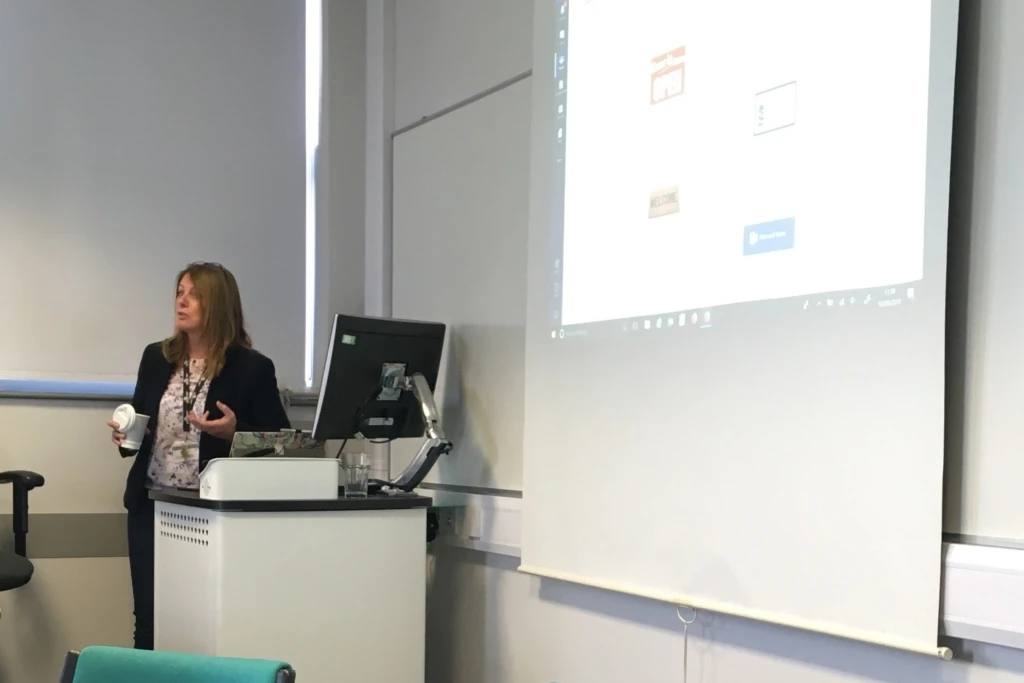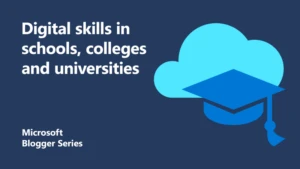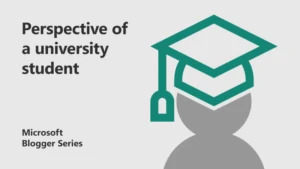
6 ways Microsoft Teams helps develop transferable skills in students
 There are a number of challenges across the sphere of nurse education. Harnessing the capability of Microsoft Teams has helped address a number of these. It’s also helped our neuroscience nurse cohort to develop transferable skills they can use in their career.
There are a number of challenges across the sphere of nurse education. Harnessing the capability of Microsoft Teams has helped address a number of these. It’s also helped our neuroscience nurse cohort to develop transferable skills they can use in their career.
We wanted to see if Teams would help facilitate a course with a remote study. We also wanted to build the digital skills and confidence of our future nurses.
Initially, we created a Teams space that included educational resources and guided study, in addition to interactive conversational feedback mechanisms. This allowed students to interact with both their tutor and peers. It also provided a sense of belonging to an online learning community – even though students were geographically separated.
Making connections no matter the distance
Students are engaged in weekly studies directed by the facilitator/tutor. In their own time and at their own pace, they immersed themselves in the resources provided via Teams. With a theme of learning and sharing, its helped students with module assessment group support and feedback following draft submissions to Teams.
Because Teams is accessible on all devices, students could access it no matter where they were. The tutor was the owner of the Team and governed access to the group, organising resources, and directing student study.
In an early poll using the built in Polly app, students were asked: “How are you finding using the Teams app so far?”
The results were:
29% ‘Loving it’
71% ‘Looks interesting’
The students embraced Teams reluctantly initially, but then having realised its benefits and flexibility, they became more impressed.
The six benefits of Teams
Here are six of the key features and benefits the students found using Teams:
- The platform allowed direct discussion between individual students about practice which encouraged the theme of learning and sharing within the module of study.
- It also allowed peer review and collaboration of posted work together with group supervision from the tutor to the whole group in relation to a piece of work or resource.
- It was user friendly for the students, it’s portability meaning contributions might be posted any time, even in the middle of a night shift. It’s range of accessible-by-design features meant all students were able to use it.
- As student expertise and competence with this digital platform grew, it promoted a virtual professional community of learners. They were able to connect and learn from each other despite their physical remoteness.
- The portability of Teams meant that the collaborative space was encouraged and inadvertently this encouraged digital competence. Users could post their own work and also comment or like the work of others.
- The private chat function could also be engaged by students if necessary, to speak privately with the tutor or other students.
Increased student outcomes
 The flexibility of access to CPD programmes was enhanced. Users were able to access support from both tutor and peers. They were also able to review educational resources posted to the Team by the tutor/facilitator. This allowed an extension of the professional working environment, provided by a professional alternative to the many social media platforms that we now know.
The flexibility of access to CPD programmes was enhanced. Users were able to access support from both tutor and peers. They were also able to review educational resources posted to the Team by the tutor/facilitator. This allowed an extension of the professional working environment, provided by a professional alternative to the many social media platforms that we now know.
The very nature of Teams promoted the development of professionally required characteristics such as integrity, leadership, respect, collaboration, and communication. It also helped develop the professionally recognised standards of behaviour as set out by the nursing code (NMC, 2019).
Ultimately, Teams facilitated the preservation of safe and effective clinical practice through the sharing of best evidence, the enhancement of knowledge, and the recognition of digital capability. Microsoft Teams has proved itself to be a valuable asset in the growing toolkit of digital resources that support education and learning, digital competence, and professional development.
Find out more
Leveraging Teams to develop transferable skills for the future work environment
9 ways to transform the student learning experience with Microsoft Teams
Microsoft Teams adoption guide
About the author
 Anne Jarvis is a Certified MIE, and Senior Lecturer in acute, critical & emergency care in the School of Sport & Health Sciences at UCLan. She teaches the key concepts and principles in relation to the management of the neuroscience patient including neuro-anatomy, physiology & patho-physiology. She has a particular interest in patient experience, and her publications include a paper that details her experience of using Microsoft Teams in education; Jarvis, A. Reflecting on technology-enabled learning in neuroscience nurse education. British Journal of Neuroscience Nursing. 2019, 15(4), 190-193.
Anne Jarvis is a Certified MIE, and Senior Lecturer in acute, critical & emergency care in the School of Sport & Health Sciences at UCLan. She teaches the key concepts and principles in relation to the management of the neuroscience patient including neuro-anatomy, physiology & patho-physiology. She has a particular interest in patient experience, and her publications include a paper that details her experience of using Microsoft Teams in education; Jarvis, A. Reflecting on technology-enabled learning in neuroscience nurse education. British Journal of Neuroscience Nursing. 2019, 15(4), 190-193.




